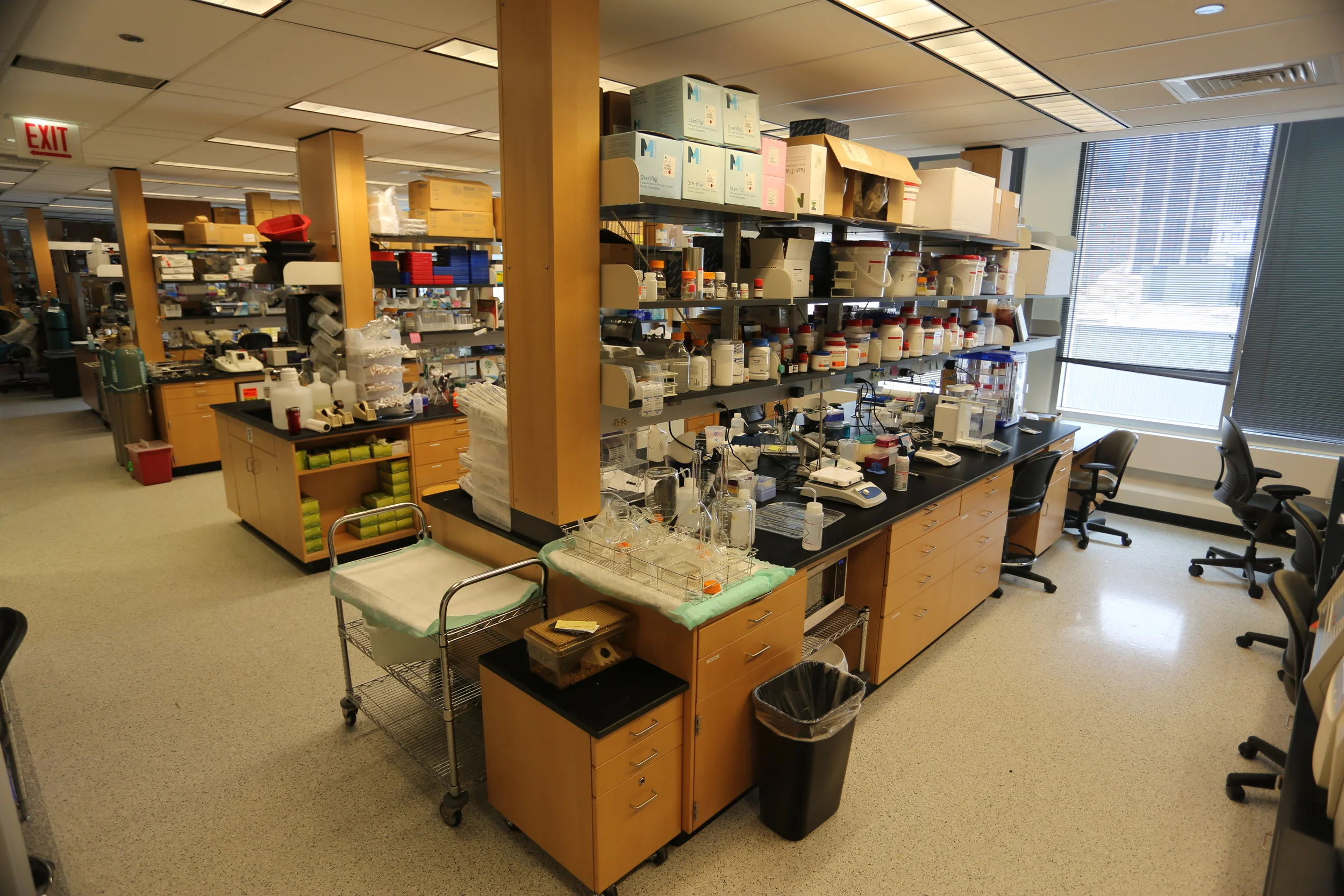
Mission statement
Our long-term research goal is to define cell and circuit elements that are involved in basal ganglia function and dysfunction. Our research aims to provide an improved framework for the development of novel treatments for neurological disorders such as Parkinson’s disease and other related disorders. By using a multidisciplinary approach, a major focus of our research centers on better understanding the external globus pallidus and its role in voluntary movements.
Funding
Our current and past research is supported by the National Institute of Health (NINDS, NIMH, & NIA), Department of Defense, Parkinson's Disease Foundation, American Parkinson's Disease Association, Bachmann Strauss Dystonia & Parkinson Foundation, Northwestern Medical Foundation, and CHDI

Research environment
We strive to provide a modern research environment for all lab members. Trainees have full access to the state-of-the-art research equipment and facility. Our research group has strong collaborative ties with other research groups within as well as outside the institution.
Training environment
Our former PhD students and postdocs are pursuing their science career in both academia and pharmaceutical companies. Our previous research technicians and interns were co-authors on publications and were successfully admitted into medical school and graduate school.
The laboratory
The laboratory is housed in the Lurie Research building. The laboratory area consists of a large open space with two adjoining and three adjacent rooms primarily for electrophysiology. The lab is also fully equipped for tissue and cell preparations, solutions preparation, standard molecular biology, biochemical analysis, histology/immunohistochemistry, etc. There is also an adjacent, fully equipped surgery suite for stereotaxic injections and satellite housing of surgically manipulated mice.

